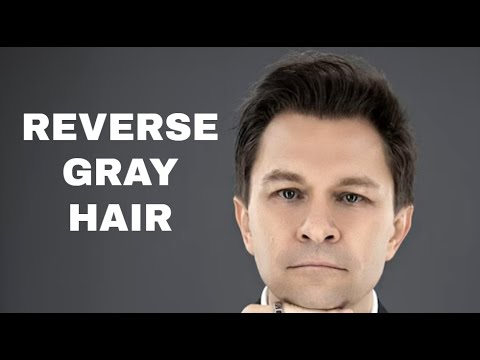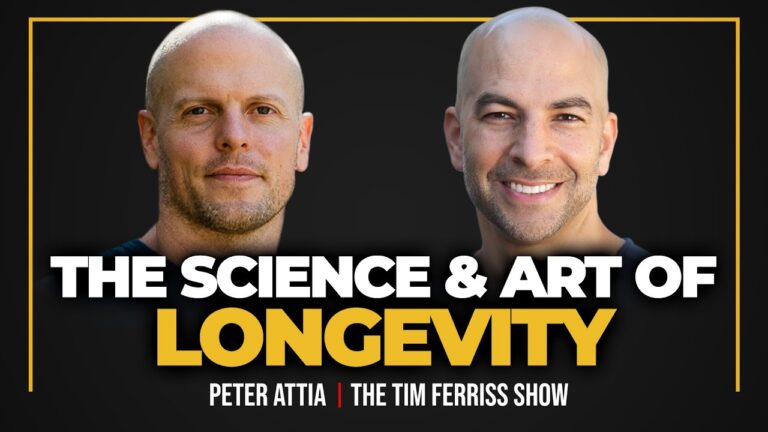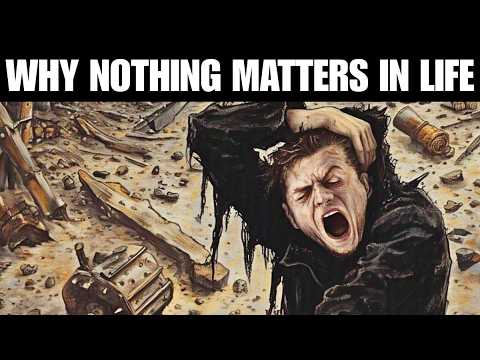🌱 Reversing Gray Hair: The Science of Aging and Restoration
1A. The Mystery of Aging Hair Growth
📝 The Point:
• As we age, hair stops growing where we want it and starts appearing in unwanted places (ears, nose, eyebrows).
• This may be an evolutionary relic—our ancestors were much hairier millions of years ago, and dormant genetic pathways might be reactivating.
• The process is linked to epigenetic changes, which alter how genes are expressed over time.
⚖️ The Law:
• Aging is a programmed process: Our body follows a genetic blueprint that determines how we age.
• Epigenetics can turn genes on/off: As we age, silent genetic instructions may be reactivated.
• Environmental factors can accelerate changes: Stress, diet, and lifestyle influence epigenetic expressions.
🔮 And So:
• If aging is epigenetic, interventions could theoretically slow or reverse unwanted hair growth changes.
• Future anti-aging treatments might block the reactivation of these ancient genes.
• Aging could be managed, not just accepted.
❓ What if aging isn’t an unstoppable fate but simply a biological program waiting to be rewritten?
1B. Stress and the Acceleration of Graying Hair
📝 The Point:
• Stress has long been linked to premature gray hair—historically considered anecdotal but now supported by research.
• A 2021 study found that stressful life periods correlate directly with gray hair emergence.
• Gray hair can reverse itself in some cases, proving that this is not merely genetic but epigenetic.
⚖️ The Law:
• Stress affects cellular aging: It accelerates the breakdown of melanocytes, the pigment-producing cells.
• The body has regenerative capacity: Given the right conditions, some age-related changes can be reversed.
• Reversibility suggests non-permanence: If gray hair can be undone, so can other aging markers.
🔮 And So:
• Reducing stress might slow down or even reverse early graying.
• Aging may be more malleable than previously thought.
• The way we age is partially within our control.
❓ If stress can turn hair gray, what else is it silently aging inside our bodies?
1C. The Epigenetic Root of Hair Color Loss
📝 The Point:
• Gray hair is often attributed to melanocyte cell death, but new research suggests many cells do not die—they become dysfunctional first.
• Early-stage gray hair still contains melanocytes, meaning restoration is possible.
• Restoring epigenetic balance could reactivate pigment production.
⚖️ The Law:
• Epigenetic dysfunction precedes cell death: Cells might be reprogrammed before they are lost.
• Stem cells retain regenerative potential: Given the right signals, they can resume function.
• Aging is a reversible process—if caught early: The body maintains “instructions” for youth, but they get “corrupted” over time.
🔮 And So:
• If we can restore youthful epigenetic patterns, gray hair reversal may be possible.
• Aging therapies should target epigenetic dysfunction first, not just symptoms.
• The same principles could apply to other aspects of aging, from skin to organ function.
❓ If aging is a problem of lost instructions rather than lost cells, can we “remind” our bodies how to be young?
1D. The Science of Hair Rejuvenation
📝 The Point:
• A new combination of minoxidil, cyclosporin A, and pigment-promoting compounds has shown promising results in restoring hair color in mice.
• These compounds influence the epigenetic environment of hair follicle stem cells.
• The treatment mimics adversity signals, tricking stem cells into regenerating.
⚖️ The Law:
• Fasting triggers cellular repair: Many longevity interventions work by mimicking stress responses.
• Mitochondrial function is key: Cyclosporin A rejuvenates mitochondria, a major factor in hair aging.
• Blood flow and nutrient delivery matter: Minoxidil improves circulation to hair follicles.
🔮 And So:
• The same principles used in longevity research are proving effective in reversing aging-related hair loss.
• Cellular stress isn’t always bad—controlled adversity stimulates renewal.
• This could be a blueprint for more advanced anti-aging interventions beyond hair.
❓ If adversity promotes regeneration, should we rethink comfort and convenience as enemies of youth?
1E. From Hair Rejuvenation to Full-Body Age Reversal
📝 The Point:
• Hair rejuvenation is not just cosmetic—the same principles apply to all tissues in the body.
• If stem cells in hair can be reactivated, what about skin, organs, or even the brain?
• A future anti-aging approach could involve taking a few pills that restore youth from within.
⚖️ The Law:
• Aging is a systemic process: What works for hair may work for other tissues.
• Cellular defense pathways are universal: The body has built-in survival mechanisms we can harness.
• Small molecular interventions could have profound results: Many age-related issues stem from epigenetic drift, not irreversible damage.
🔮 And So:
• If hair rejuvenation is possible, full-body rejuvenation may be within reach.
• Aging might one day be treatable, rather than just something we endure.
• Anti-aging research is on the verge of redefining human longevity.
❓ If reversing aging is possible, are we approaching a future where “getting old” is optional?






